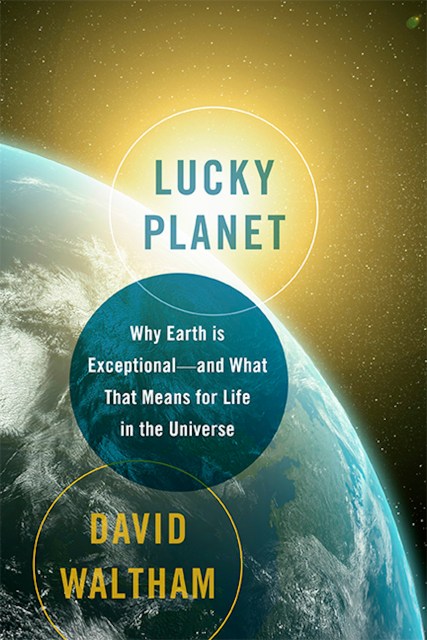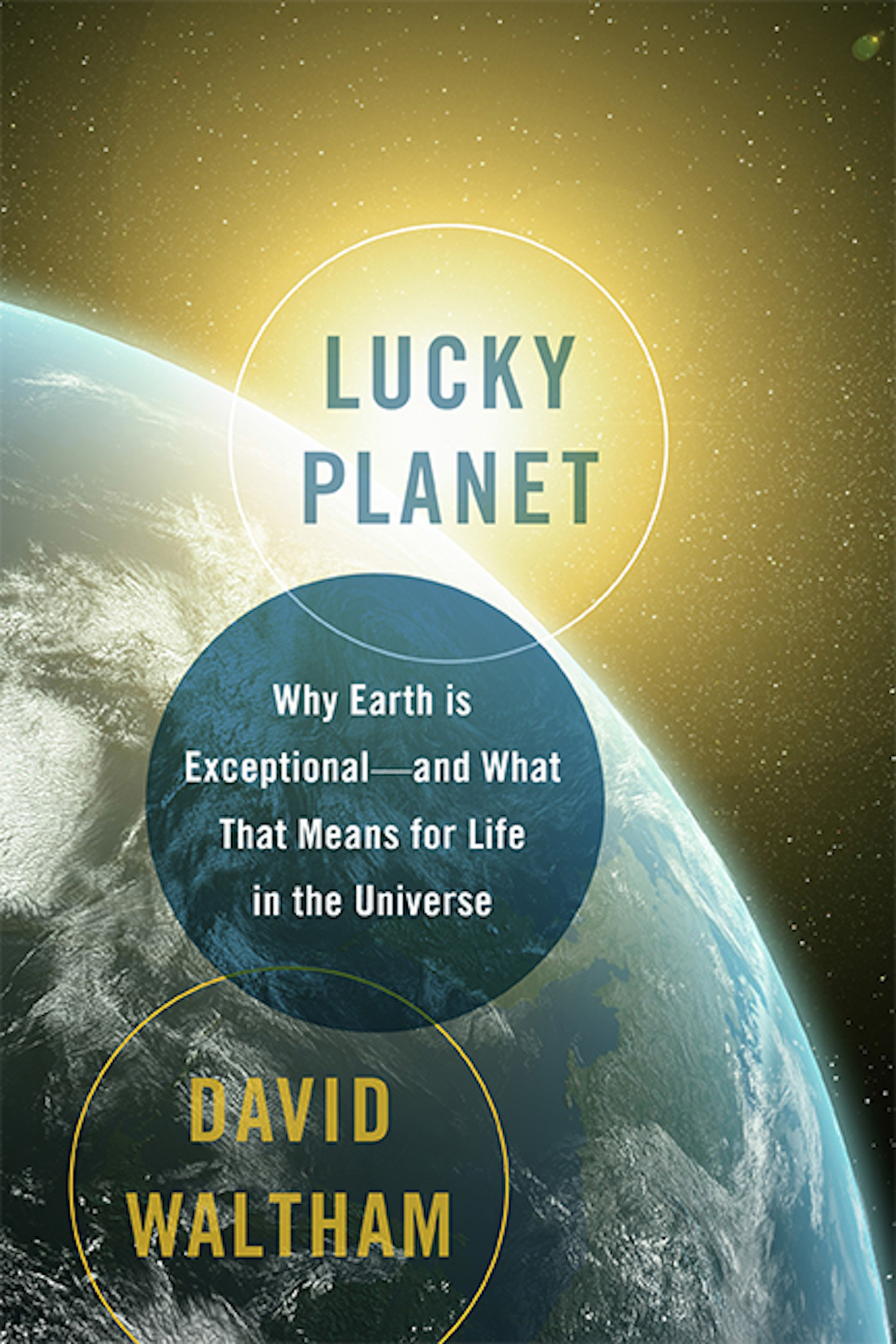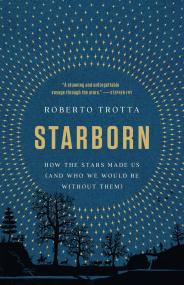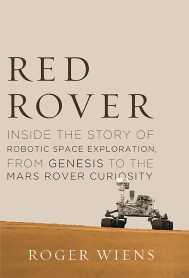Promotion
Use code MOM24 for 20% off site wide + free shipping over $45
Lucky Planet
Why Earth is Exceptional-and What That Means for Life in the Universe
Contributors
Formats and Prices
Price
$15.99Price
$20.99 CADFormat
Format:
ebook $15.99 $20.99 CADThis item is a preorder. Your payment method will be charged immediately, and the product is expected to ship on or around April 8, 2014. This date is subject to change due to shipping delays beyond our control.
Also available from:
Why Earth’s life-friendly climate makes it exceptional—and what that means for the likelihood of finding intelligent extraterrestrial life
We have long fantasized about finding life on planets other than our own. Yet even as we become aware of the vast expanses beyond our solar system, it remains clear that Earth is exceptional. The question is: why? In Lucky Planet, astrobiologist David Waltham argues that Earth’s climate stability is what makes it uniquely able to support life, and it is nothing short of luck that made such conditions possible. The four billion year-stretch of good weather that our planet has experienced is statistically so unlikely that chances are slim that we will ever encounter intelligent extraterrestrial others. Citing the factors that typically control a planet’s average temperature—including the size of its moon, as well as the rate of the Universe’s expansion—Waltham challenges the prevailing scientific consensus that Earth-like planets have natural stabilizing mechanisms that allow life to flourish.
A lively exploration of the stars above and the ground beneath our feet, Lucky Planet seamlessly weaves the story of Earth and the worlds orbiting other stars to give us a new perspective of the surprising role chance plays in our place in the universe.
We have long fantasized about finding life on planets other than our own. Yet even as we become aware of the vast expanses beyond our solar system, it remains clear that Earth is exceptional. The question is: why? In Lucky Planet, astrobiologist David Waltham argues that Earth’s climate stability is what makes it uniquely able to support life, and it is nothing short of luck that made such conditions possible. The four billion year-stretch of good weather that our planet has experienced is statistically so unlikely that chances are slim that we will ever encounter intelligent extraterrestrial others. Citing the factors that typically control a planet’s average temperature—including the size of its moon, as well as the rate of the Universe’s expansion—Waltham challenges the prevailing scientific consensus that Earth-like planets have natural stabilizing mechanisms that allow life to flourish.
A lively exploration of the stars above and the ground beneath our feet, Lucky Planet seamlessly weaves the story of Earth and the worlds orbiting other stars to give us a new perspective of the surprising role chance plays in our place in the universe.
Genre:
- On Sale
- Apr 8, 2014
- Page Count
- 208 pages
- Publisher
- Basic Books
- ISBN-13
- 9780465080823
Newsletter Signup
By clicking ‘Sign Up,’ I acknowledge that I have read and agree to Hachette Book Group’s Privacy Policy and Terms of Use







